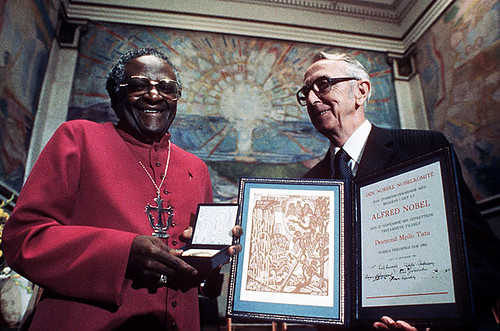Walt Disney and his brother, Roy, found the Disney Brothers Cartoon Studio, today known as The Walt Disney Company.
Walt Disney, whose full name was Walter Elias Disney, was a pioneering American film producer, director, screenwriter, voice actor, and entrepreneur. He is best known for co-founding The Walt Disney Company, one of the most famous and influential entertainment conglomerates in the world.
Early Life: Walt Disney was born on December 5, 1901, in Hermosa, Illinois, and raised in Marceline, Missouri. His family later moved to Kansas City, where he began his artistic journey, creating his first drawings and cartoons.
Founding The Walt Disney Company: In 1923, Disney and his brother Roy co-founded the Disney Brothers Studio, which would later become The Walt Disney Company. The company initially produced a series of successful animated shorts featuring a character named Oswald the Lucky Rabbit.
Mickey Mouse and Steamboat Willie: In 1928, Disney introduced Mickey Mouse in the groundbreaking animated short film “Steamboat Willie.” This marked the debut of synchronized sound in animation and propelled Disney to fame.
Snow White and the Seven Dwarfs: In 1937, Disney released the world’s first full-length animated feature film, “Snow White and the Seven Dwarfs.” It was a tremendous success and established Disney as a leader in the animation industry.
Expansion into Theme Parks: Walt Disney’s vision extended beyond film and animation. He pioneered the concept of theme parks with Disneyland, which opened in Anaheim, California, in 1955. The success of Disneyland led to the creation of Walt Disney World in Florida and many other Disney theme parks around the world.
Technological Innovations: Disney was also a technological innovator, being one of the first to use Technicolor and CinemaScope in his films. He also developed the multiplane camera, a groundbreaking animation technique that added depth and dimension to his cartoons.
Legacy: Walt Disney’s impact on the entertainment industry is immeasurable. His creations, including iconic characters like Mickey Mouse, Donald Duck, and Snow White, continue to be beloved by audiences of all ages. The Walt Disney Company has diversified into various media and entertainment sectors, including film, television, theme parks, and more.
Personal Life: Disney married Lillian Bounds in 1925, and they had two daughters, Diane and Sharon. He was known for his strong work ethic and his commitment to quality and innovation.
Awards and Honors: Walt Disney received numerous accolades during his lifetime, including multiple Academy Awards and the creation of Disneyland. He was also posthumously awarded the Presidential Medal of Freedom and is widely regarded as an American cultural icon.



